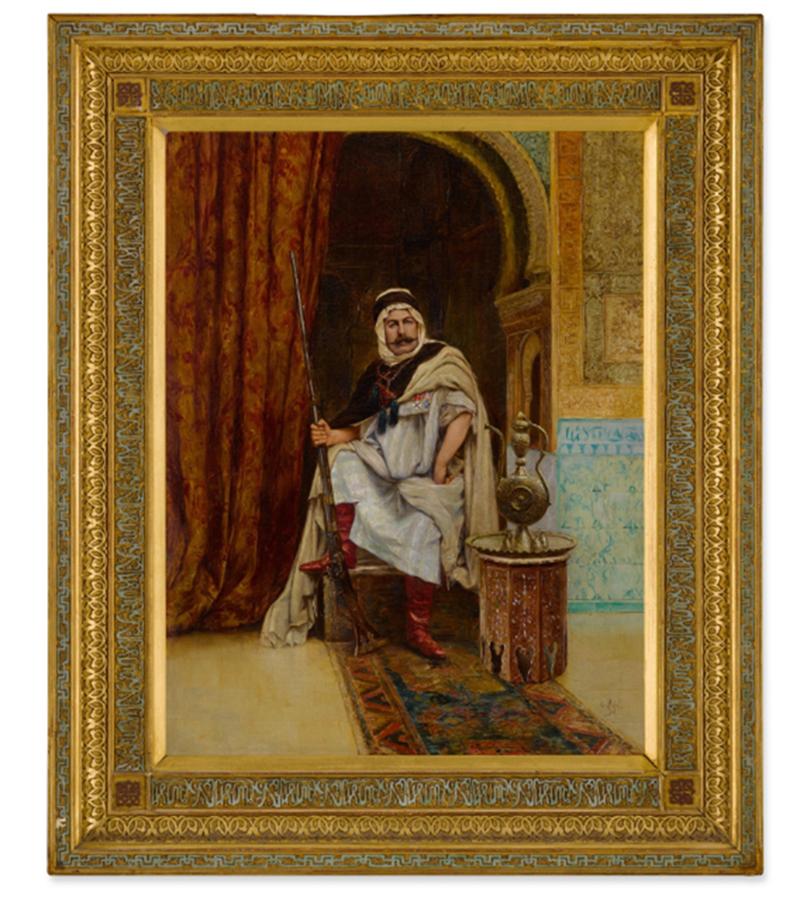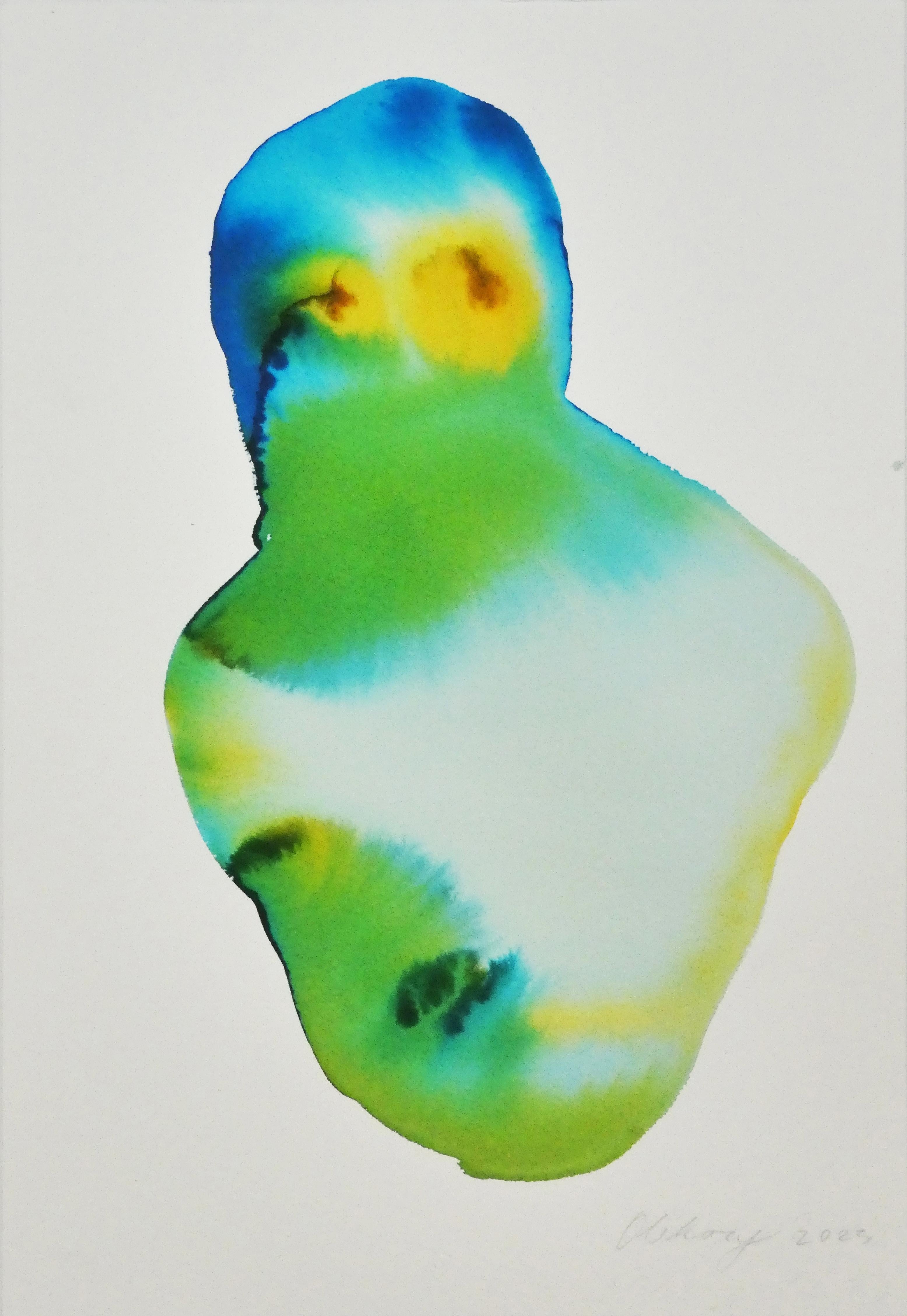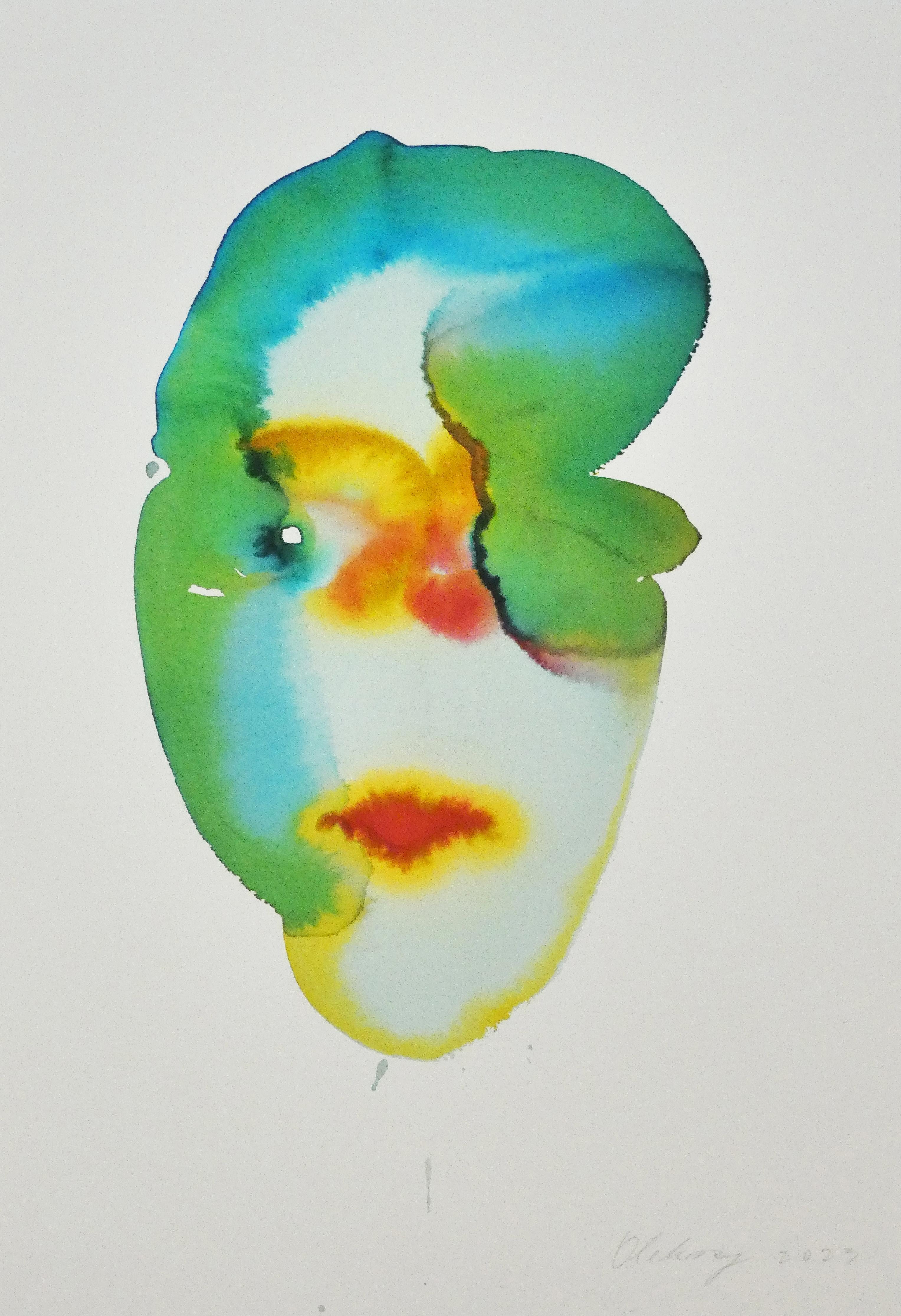Items Similar to Rococo Portait, French Rococo, Marie Baudouin, Daughter of Francois Boucher
Want more images or videos?
Request additional images or videos from the seller
1 of 15
Rococo Portait, French Rococo, Marie Baudouin, Daughter of Francois Bouchercirca 1758
circa 1758
About the Item
Portrait of the daughter of Francois Boucher, Marie-Emilie Baudouin, holding a basket of flowers. Pastel on Parchment. The work is related to an oval portrait painting by Francois Boucher of his daughter, holding a little bird. (75.5 cm x 65 cm, Musée Cognacq-Jay). The daughter married in 1758 and this portrait may be drawn as a marriage gift.
The pastel is of very fine quality and is framed, behind glas, with a 18th century golden frame.
- Creation Year:circa 1758
- Dimensions:Height: 14.97 in (38 cm)Width: 12.21 in (31 cm)
- Medium:
- Movement & Style:
- Circle Of:François Boucher (1703 - 1770, French)
- Period:
- Condition:
- Gallery Location:Greven, DE
- Reference Number:1stDibs: LU155028129032
About the Seller
4.8
Vetted Seller
These experienced sellers undergo a comprehensive evaluation by our team of in-house experts.
Established in 2011
1stDibs seller since 2021
20 sales on 1stDibs
Typical response time: 6 hours
- ShippingRetrieving quote...Ships From: Greven, Germany
- Return PolicyA return for this item may be initiated within 14 days of delivery.
More From This SellerView All
- French Art, Rococo, Portrait Queen Marie Antoinette France, Oval, Circle VivienLocated in Greven, DEFrench School, Portrait of Queen Marie Antoinette of France, Pastel /oil Pastel on Paper, Rococo, 18th Century. The Pastel is made in the style...Category
18th Century Rococo Portrait Drawings and Watercolors
MaterialsPaper, Pastel, Oil
- Portrait Old Master, Joseph Vivien, Mme Silvestre, French Rococo, PastelBy Joseph VivienLocated in Greven, DEThe portrait shows Mme Silvestre. Born in Paris, Silvestre was the daughter of Charles-Antoine Hérault and his wife Marie-Geneviève, who were her first teachers. In 1706 she married the painter Louis de Silvestre, moving with him in 1716 to Dresden. The couple's daughter Marie-Maximilienne became a pastellist. Silvestre died in Dresden, the year before her husband retired and returned to Paris. Her surviving pastels show the influence of Rosalba Carriera...Category
18th Century Rococo Portrait Paintings
MaterialsGouache, Oil Pastel
- French Art, Rococo Portrait, Oval, Pastel, Portrait of a Lady, Circle of VivienLocated in Greven, DEFrench School, Portrait of a Lady, Rococo, 18th Century, Fine drawing in Pastel/ Oil Pastel on Paper in the style of Vivien. The Lady might be a woman from Marie Antoinette's Court. It is part of a Pendant (see the other listing with the portrait of Queen Marie Antoinette...Category
18th Century Rococo Portrait Drawings and Watercolors
MaterialsPaper, Oil Pastel, Gouache
- German Female Artist, Study or Portrait of a Girl, Expressionism, RealismLocated in Greven, DEHelene Rutkowski is an artist who was born in 1862. The maker's first piece to be offered at auction was "Baumbestandene Allee im Herbst" at Quentin Auction House in 2021. She worked in the style of Realism and Expressionism and her works remind one of Käthe Kollwitz. This beautiful drawing...Category
20th Century Realist Portrait Drawings and Watercolors
MaterialsCharcoal, Handmade Paper
- Giovanni Battista Pittoni, Holy Family with Cupids, Venetian Baroque, ChristmasBy Giovanni Battista PittoniLocated in Greven, DEIn 2001 the German art historian Art historian and Raphael Expert, Prof. Jürg Meyer zur Capellen, published the painting "Die Heilige Familie" in a monographic article, ascribing the present work to the Venetian painter Giovanni Battista Pittoni (1687 -Venice - 1767). (Newspaper "Weltkunst", October 2001, No 12, p. 1850 f. ill.) He describes it as a typical work by this artist. Pittoni was one of the most influential and successful artists of the Venetian Settecento. He was a pupil of the Veronese Master Giovanni Balestra (1666-1740). His style is influenced by Sebastiano Ricci (1659-1734) and Giambattista Tiepolo (1696-1770). Giovanni Battista Pittoni was already successful at a young age and soon lead his own workshop. He created large-scale hitoria paintings, as well as large, religious altarpieces. In addition to Venetian and Upper Italian patrons, Pittoni also had many interested parties from Europe. His work is accordingly scattered in many different museums and private collections today. Pittoni - like other painter colleagues of his time - repeated his own compositions both by hand and with the help of his workshop. He repeatedly incorporated details into other pictures and contexts. Prof. Meyer zur Capellen noted the very good condition of the present work and the high quality of the paint with fine graduations and the vivid brushstrokes. Provenance: The panting has not been on the art market for at least 300 years. In the year 2000 the work was donated by the Münster-based, Noble Family Ketteler zu Harkotten to a private collection in Westphalia. Most probably the canon Nikolaus Hermann von Ketteler zu Harkotten bought the piece in Venice in 1750 together with the altarpiece of the Clemens Church in Münster. On the reverse of the work is a fideicommissum number by Ketteler zu Harkotten. As it belonged to the family commission, the painting was inalienable until 1919, when the corresponding law was repealed, and after that time it remained in the family's possession without interruption. Pittoni's only direct relationship to Münster is the commission for the high altar painting of the Baroque St. Clemens Church. It can be assumed that then canon von Ketteler saw this painting in the artist's workshop during his stay in Venice and acquired it for himself. This would also explain the discrepancy in dating. (ca. 1735/1750). However, it is also possible that the painting originated in the possession of Ferdinand von Plettenberg...Category
Early 18th Century Rococo Figurative Paintings
MaterialsCanvas, Oil
- French School, Portrait of a Lady, Actress, Young Woman, French , Rococo, OvalLocated in Greven, DEFrench Art Rococo Portrait of a Woman, Young Lady, perhaps an actressCategory
18th Century Rococo Figurative Paintings
MaterialsCanvas
You May Also Like
- Rare Modernist Hungarian Rabbi Pastel Drawing Gouache Painting Judaica Art DecoBy Hugó ScheiberLocated in Surfside, FLRabbi in the synagogue at prayer wearing tallit and tefillin. Hugó Scheiber (born 29 September 1873 in Budapest – died there 7 March 1950) was a Hungarian modernist painter. Hugo Scheiber was brought from Budapest to Vienna at the age of eight where his father worked as a sign painter for the Prater Theater. At fifteen, he returned with his family to Budapest and began working during the day to help support them and attending painting classes at the School of Design in the evening, where Henrik Papp was one of his teachers. He completed his studies in 1900. His work was at first in a post-Impressionistic style but from 1910 onward showed his increasing interest in German Expressionism and Futurism. This made it of little interest to the conservative Hungarian art establishment. However, in 1915 he met the great Italian avant-gardist Filippo Tommaso Marinetti and the two painters became close friends. Marinetti invited him to join the Futurist Movement. The uniquely modernist style that he developed was, however, closer to German Expressionism than to Futurism and eventually drifted toward an international art deco manner similar to Erté's. In 1919, he and his friend Béla Kádar held an exhibition at the Hevesy Salon in Vienna. It was a great success and at last caused the Budapest Art Museum to acquire some of Scheiber's drawings. Encouraged, Scheiber came back to live in Vienna in 1920. A turning point in Scheiber's career came a year later, when Herwarth Walden, founder of Germany's leading avant-garde periodical, Der Sturm, and of the Sturm Gallery in Berlin, became interested in Scheiber's work. Scheiber moved to Berlin in 1922, and his paintings soon appeared regularly in Walden's magazine and elsewhere. Exhibitions of his work followed in London, Rome, La Paz, and New York. Scheiber's move to Germany coincided with a significant exodus of Hungarian artists to Berlin, including Laszlo Moholy-Nagy and Sandor Bortnyik. There had been a major split in ideology among the Hungarian avant-garde. The Constructivist and leader of the Hungarian avantgarde, Lajos Kassák (painted by Hugó Scheiber in 1930) believed that art should relate to all the needs of contemporary humankind. Thus he refused to compromise the purity of his style to reflect the demands of either the ruling class or socialists and communists. The other camp believed that an artist should be a figurehead for social and political change. The fall out and factions that resulted from this politicisation resulted in most of the Hungarian avant gardists leaving Vienna for Berlin. Hungarian émigrés made up one of the largest minority groups in the German capital and the influx of their painters had a significant effect on Hungarian and international art. Another turning point of Scheiber's career came in 1926, with the New York exhibition of the Société Anonyme, organized by Katherine Dreier. Scheiber and other important avant garde artists from more than twenty-three countries were represented. In 1933, Scheiber was invited by Marinetti to participate in the great meeting of the Futurists held in Rome in late April 1933, Mostra Nazionale d’Arte Futurista where he was received with great enthusiasm. Gradually, the Hungarian artists began to return home, particularly with the rise of Nazism in Germany. Kádar went back from Berlin in about 1932 and Scheiber followed in 1934. He was then at the peak of his powers and had a special flair in depicting café and cabaret life in vivid colors, sturdily abstracted forms and spontaneous brush strokes. Scheiber depicted cosmopolitan modern life using stylized shapes and expressive colors. His preferred subjects were cabaret and street scenes, jazz musicians, flappers, and a series of self-portraits (usually with a cigar). his principal media being gouache and oil. He was a member of the prestigious New Society of Artists (KUT—Képzőművészek Új Társasága)and seems to have weathered Hungary's post–World War II transition to state-communism without difficulty. He continued to be well regarded, eventually even receiving the posthumous honor of having one of his images used for a Russian Soviet postage stamp (see image above). Hugó Scheiber died in Budapest in 1950. Paintings by Hugó Scheiber form part of permanent museum collections in Budapest (Hungarian National Museum), Pecs (Jannus Pannonius Museum), Vienna, New York, Bern and elsewhere. His work has also been shown in many important exhibitions, including: "The Nell Walden Collection," Kunsthaus Zürich (1945) "Collection of the Société Anonyme," Yale University Art Gallery, New Haven, Connecticut (1950) "Hugó Scheiber: A Commemorative Exhibition," Hungarian National Museum, Budapest (1964) "Ungarische Avantgarde," Galleria del Levante, Munich (1971) "Paris-Berlin 1900-1930," Centre Georges Pompidou, Paris (1978) "L’Art en Hongrie, 1905-1920," Musée d’Art et l’Industrie, Saint-Etienne (1980) "Ungarische Avantgarde in der Weimarer Republik," Marburg (1986) "Modernizmus," Eresz & Maklary Gallery, Budapest (2006) "Hugó Scheiber & Béla Kádár," Galerie le Minotaure, Paris and Tel Aviv (2007) Hugó Scheiber's paintings continue to be regularly sold at Sotheby's, Christie's, Gillen's Arts (London), Papillon Gallery (Los Angeles) and other auction houses. He was included in the exhibition The Art Of Modern Hungary 1931 and other exhibitions along with Vilmos Novak Aba, Count Julius Batthyany, Pal Bor, Bela Buky, Denes Csanky, Istvan Csok, Bela Czobel, Peter Di Gabor, Bela Ivanyi Grunwald, Baron Ferenc Hatvany, Lipot Herman, Odon Marffy, C. Pal Molnar...Category
Early 20th Century Modern Figurative Paintings
MaterialsPaper, Charcoal, Pastel, Watercolor, Gouache
- Sit woman pastel drawingBy Rafael Duran BenetLocated in Barcelona, BarcelonaRafael Duran Benet (1931-2015) - Sit woman - Pastel Drawing measurements 62x42 cm. Frame measurements 82x62 cm. Rafael Duran Benet (Terrassa, 1931 - Barcelona, 2015) is a Catalan painter...Category
1970s Post-Impressionist Portrait Drawings and Watercolors
MaterialsPastel
- Les bonshommes 2021 - Pastel contemporary drawingBy Camille CottierLocated in PARIS, FROeuvres papier de l'artiste française Camille Cottier. Ses “bonhommes”, aux visages honnêtes, sont le reflet de sentiments universels: la solitude, l’amour, l’attente, le rêveCategory
21st Century and Contemporary Neo-Expressionist Portrait Drawings and Wa...
MaterialsOil Pastel
- Clemente Pujol de Gustavino An orientalist Arab GuardsmanLocated in New York, NYArtist: Clemente Pujol de Guastavino (1850-1905) Origin: Spanish Signature: signed C. Pujol (lower right) Medium: oil on canvas Dimension: 25 1/2 in x 19 3/4 in. Framed 34 by 2...Category
19th Century Portrait Drawings and Watercolors
MaterialsOil, Canvas
- Torso - Contemporary Figurative Ink Painting, New ExpressionismBy Maciej OlekszyLocated in Salzburg, ATThe artwork on paper will be sent unframed to you. Untitled 001, Maciej Olekszy was born in 1982, Poland. Graduated from the Academy of Fine Arts in Poznan, Poland in 2007. Facult...Category
2010s Contemporary Figurative Paintings
MaterialsPaper, Ink
- Head 02 - Contemporary Figurative Ink Painting, New ExpressionismBy Maciej OlekszyLocated in Salzburg, ATThe artwork on paper will be sent unframed to you. Maciej Olekszy was born in 1982, Poland. Graduated from the Academy of Fine Arts in Poznan, Poland in 2007. Faculty of Painting i...Category
2010s Contemporary Figurative Paintings
MaterialsPaper, Ink
Recently Viewed
View AllMore Ways To Browse
Antique Rococo
Rococo Antique
Rococo Frames
Rococo Flower
Antique Golden Frames
Golden Antique Frames
French Rococo 18th Century
Little Bird
French Marriage
French Rococo Art
Antique Oval Portrait
French 18th Century Drawing
French Rococo Paintings
French Pastel Portraits
A Boucher
Oval Portrait Paintings
Rococo Oval
18th Century Rococo Paintings




